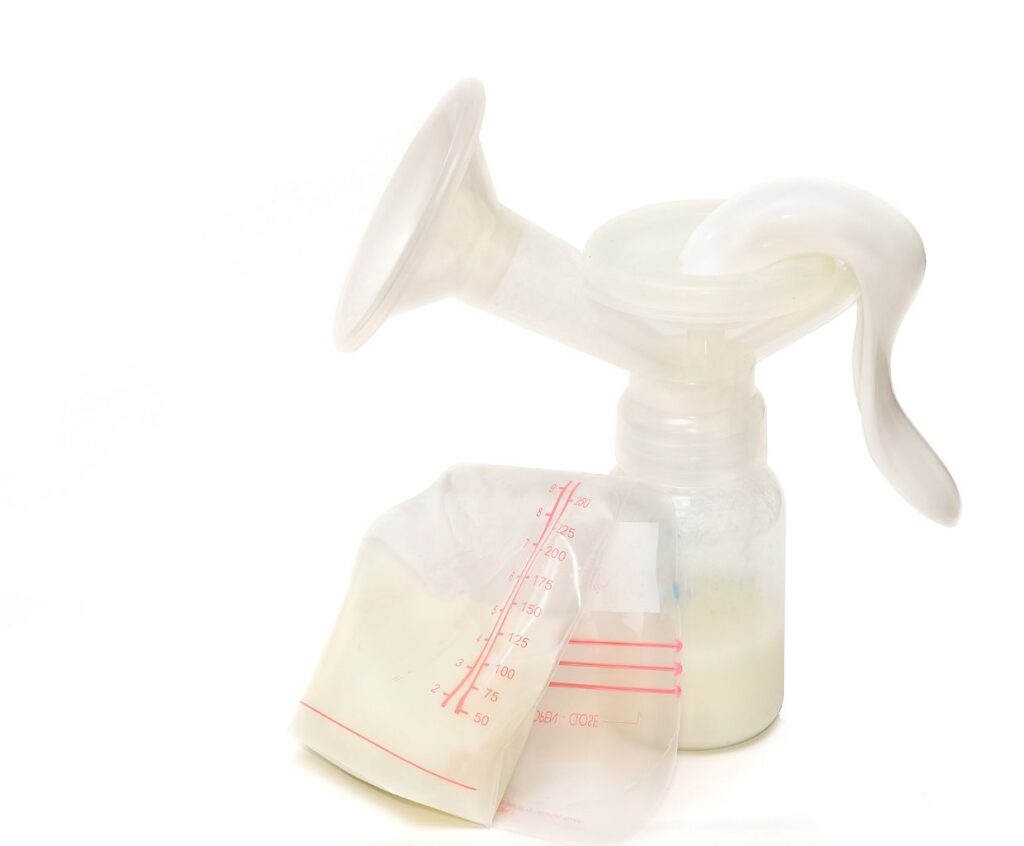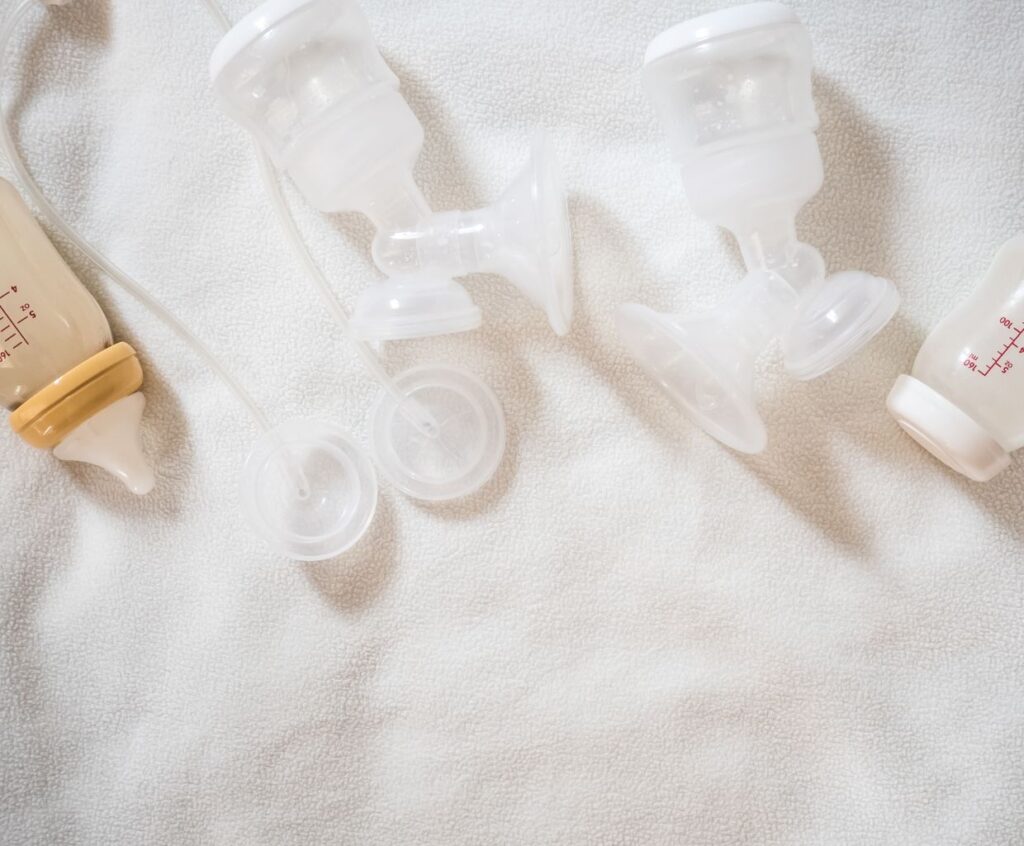Pump and Preserve: A Guide to Efficiently Pumping Breast Milk Into Storage Bags
This article aims to provide helpful tips and techniques to make pumping breast milk into storage bags easier and more efficient.
As a breastfeeding mother, you may need to express breast milk for various reasons, such as returning to work, building a freezer stash, or ensuring your baby receives breast milk when unavailable. Using storage bags to collect and store your expressed breast milk offers convenience and flexibility, allowing you to store, freeze, and transport your liquid gold easily.
Why Use Storage Bags?
Storage bags are a popular choice among breastfeeding moms for several reasons. Firstly, they are space-efficient, occupying minimal room in your refrigerator or freezer. They are also designed to be leak-proof, ensuring that your precious breast milk remains safely contained.
Additionally, many storage bags are pre-sterilized, making them hygienic and ready to use straight out of the box.
Tips for Efficient Pumping
1. Prepare Ahead
-
- Ensure you have a clean and comfortable pumping space.
- Gather all necessary supplies, including your pump, storage bags, and any additional accessories.
- Wash your hands thoroughly before handling any of the equipment.
2. Follow Proper Pumping Techniques
It is essential to follow proper pumping techniques to maximize your pumping efficiency. Start by selecting a breast pump that suits your needs and preferences. Ensure you use the correct flange size for optimal comfort and milk extraction.
Position the pump correctly on your breast and adjust the suction level to a comfortable yet practical setting.
3. Store and Label Correctly
Once you have finished pumping, carefully pour the expressed breast milk into the storage bag. Be sure to leave some space at the top of the bag to allow for expansion during freezing. Seal the bag securely and label it with the date and time of expression.
Using a waterproof marker or sticker label will help you keep track of the freshness of your stored milk.
4. Proper Storage and Thawing
Store the filled storage bags upright in the refrigerator or freezer. If you plan to freeze the milk, lay the bags flat for easier stacking and space-saving. When using the stored milk, thaw it by placing the bag in the refrigerator overnight or running it under warm water. Avoid using a microwave for thawing as it may create hotspots that can harm the milk’s nutrients.
Remember, every breastfeeding journey is unique; what works for one mom may not work for another. Experiment with different techniques, find what suits you best, and always consult with a lactation expert or healthcare professional if you have any concerns or questions.
How does the “Pump and Preserve” method contribute to maintaining the quality and freshness of breast milk for more extended periods?
The “Pump and Preserve” method is an effective way to maintain the quality and freshness of breast milk for extended periods. Here’s how it contributes to this:
1. Prompt refrigeration: After expressing breast milk, it is immediately refrigerated, ensuring it stays at a safe temperature. This helps to slow down the growth of bacteria and maintain the milk’s freshness.
2. Proper storage: The “Pump and Preserve” method involves storing breast milk in clean, sterile containers or breast milk storage bags. This prevents contamination and helps to preserve the milk’s quality.
3. Freezing: If the breast milk is not used within a few days, it is frozen to extend its shelf life further. Freezing helps preserve the milk’s nutrients and quality for extended periods.
4. Thawing and warming: When it’s time to use the frozen breast milk, it is thawed and warmed using appropriate methods, such as placing it in the refrigerator or using warm water. This ensures that the milk is safe to consume while maintaining its freshness.
5. Hygienic handling: The “Pump and Preserve” method emphasizes proper hygiene during the entire process. This includes washing hands before expressing milk, using clean pump equipment, and sanitizing storage containers. By following these hygienic practices, the risk of contamination is minimized, helping to maintain the quality and freshness of the breast milk.
Overall, the “Pump and Preserve” method combines proper refrigeration, storage, freezing, thawing, and hygienic handling practices to maintain the quality and freshness of breast milk for extended periods, ensuring that it remains safe and nutritious for the baby.
Are any specific brands or storage bag types recommended for the most efficient pumping experience?
Several brands and types of storage bags are recommended for an efficient pumping experience. Some popular options include:
1. Lansinoh Breastmilk Storage Bags: These bags are designed with a double zipper seal to prevent leakage and are pre-sterilized for safe storage. They also have a convenient pour spout for easy transferring of milk.
2. Medela Pump & Save Breast Milk Bags: These bags are compatible with Medela breast pumps, allowing you to pump directly into the bag. They feature a self-standing design and a double zipper seal for secure storage.
3. Kiinde Twist Pouches: These bags are compatible with the Kiinde Twist Breastfeeding System, which allows you to pump, store, and feed using the same pouch. They have a twist-locking cap for leak-proof storage.
4. NUK Seal ‘n Go Breast Milk Bags: These bags have a double zipper seal and a wide opening for easy pouring and transferring of milk. They also have a unique oxygen barrier to preserve the nutrients in breast milk.
5. Spectra Baby USA Disposable Breast Milk Bags: These bags are designed specifically for use with Spectra breast pumps. They feature a wide opening for easy filling and pouring and a double zipper seal for secure storage.
It’s important to note that pumping efficiency can also depend on factors like the breast pump used and individual preferences. Trying out different brands and types of storage bags may be helpful to find the one that works best for you.



